Home>Gardening & Outdoor>Landscaping Ideas>What Time Will The Grass Be Dry Today


Landscaping Ideas
What Time Will The Grass Be Dry Today
Modified: September 2, 2024
Discover the best landscaping ideas to ensure your grass dries in time. Find out the optimal time for dry grass today.
(Many of the links in this article redirect to a specific reviewed product. Your purchase of these products through affiliate links helps to generate commission for Storables.com, at no extra cost. Learn more)
Introduction
Welcome to the world of landscaping, where the allure of a lush, green lawn is a sight to behold. One of the key factors in maintaining a healthy and vibrant lawn is understanding the optimal time for grass to dry. Whether you’re planning a mowing session, a game of backyard soccer, or simply want to revel in the beauty of your outdoor space, knowing when the grass will be dry is essential.
In this article, we’ll delve into the various factors that influence the drying time of grass, providing you with valuable insights to help you plan your outdoor activities effectively. From the impact of sunlight and humidity to the role of wind speed, we’ll explore how these elements interact to determine when your grass will be ready for your next adventure.
So, grab your favorite beverage, settle into a comfortable chair, and let’s embark on a journey to unravel the mysteries of grass drying time. By the end of this article, you’ll be equipped with the knowledge to make the most of your outdoor space while nurturing a thriving lawn.
Key Takeaways:
- Timing outdoor activities based on sunlight, humidity, and wind speed helps ensure a dry, vibrant lawn for fun and maintenance.
- Understanding and predicting grass drying time allows for strategic planning and a deeper connection with nature, enhancing outdoor experiences.
Read more: What Time Is Nascar On Television Today?
Factors Affecting Grass Drying Time
Several key factors play a pivotal role in determining how quickly grass will dry after being subjected to moisture. Understanding these factors is crucial for effectively planning outdoor activities and lawn maintenance. Let’s explore the primary elements that influence grass drying time:
- Sunlight: The intensity and duration of sunlight directly impact the drying time of grass. When the sun’s rays penetrate the moisture-laden grass blades, they initiate the evaporation process, expediting the drying time. The angle of the sun in the sky throughout the day also affects the areas of the lawn that receive direct sunlight, influencing the drying pattern.
- Humidity: The moisture content in the air, or humidity, significantly affects the drying rate of grass. In humid conditions, the air is already saturated with moisture, making it more challenging for the grass to release its own moisture through evaporation. As a result, high humidity levels can prolong the drying time of grass, especially in the absence of direct sunlight and adequate airflow.
- Wind Speed: The movement of air, characterized by wind speed, plays a crucial role in expediting the drying process. A gentle breeze aids in the evaporation of moisture from the grass, accelerating the drying time. Conversely, stagnant air impedes the evaporation process, leading to extended drying periods, particularly in conjunction with high humidity levels.
By comprehending the interplay of sunlight, humidity, and wind speed, you can gain valuable insights into the dynamics of grass drying time. In the subsequent sections, we will delve deeper into each of these factors, unraveling their individual impacts and collective influence on the drying process.
Understanding the Role of Sunlight
When it comes to the drying time of grass, sunlight serves as a primary catalyst, influencing the evaporation of moisture from the blades and soil. The intensity and duration of sunlight directly dictate the speed at which the grass dries. Here’s a closer look at how sunlight impacts the drying process:
Intensity of Sunlight: The strength of the sun’s rays plays a pivotal role in expediting the evaporation of moisture from the grass. In direct sunlight, the energy from the sun’s rays triggers the conversion of water on the grass blades into vapor, hastening the drying process. Conversely, overcast conditions or limited exposure to direct sunlight can prolong the drying time, as the energy required for evaporation is diminished.
Duration of Sunlight: The duration of sunlight exposure also influences the drying time of grass. A prolonged period of sunlight allows for consistent evaporation, facilitating quicker drying. In contrast, shorter periods of sunlight may impede the evaporation process, leading to extended drying times, especially in conjunction with high humidity levels.
Furthermore, the angle of the sun in the sky throughout the day impacts the areas of the lawn that receive direct sunlight. Understanding the sun’s trajectory and the resulting patterns of sunlight exposure on your lawn can provide valuable insights into the drying dynamics of different sections of the grass.
By recognizing the significance of sunlight in the drying process, you can strategically plan outdoor activities and lawn maintenance tasks to align with optimal drying conditions. In the subsequent sections, we will explore the impact of humidity and wind speed on grass drying, further enhancing your understanding of this intricate natural phenomenon.
Impact of Humidity on Grass Drying
Humidity, the measure of moisture content in the air, exerts a profound influence on the drying time of grass. Understanding the dynamics of humidity is essential for gauging the evaporation potential and predicting the grass drying process. Here’s a closer look at how humidity impacts the drying dynamics:
Moisture Absorption: In high-humidity conditions, the air is already saturated with moisture, creating a challenging environment for the grass to release its own moisture through evaporation. As a result, the drying time of grass is prolonged, especially in the absence of direct sunlight and adequate airflow. The moisture-laden air impedes the evaporation process, leading to a slower rate of drying.
Optimal Humidity Levels: While high humidity can prolong grass drying, moderate humidity levels, coupled with adequate sunlight and airflow, can facilitate an efficient drying process. Understanding the ideal range of humidity for promoting evaporation without overwhelming moisture content is crucial for optimizing grass drying time.
Nocturnal Impact: Additionally, humidity levels during the night can influence the dew formation on the grass, affecting the subsequent drying time. High nighttime humidity, combined with dew formation, can lead to prolonged moisture retention on the grass, impacting its readiness for outdoor activities the following day.
By gaining insights into the impact of humidity on grass drying, you can adapt your outdoor plans and lawn maintenance strategies to align with favorable drying conditions. In the following section, we will explore the influence of wind speed on the evaporation process, further enhancing your understanding of the multifaceted factors that govern grass drying time.
The grass will be driest in the late morning or early afternoon when the sun is highest and the dew has evaporated. Avoid mowing when the grass is wet to prevent damage.
Influence of Wind Speed on Grass Drying
Wind speed plays a crucial role in expediting the evaporation of moisture from grass, significantly influencing the drying time. Understanding the impact of wind speed is essential for gauging the efficiency of the drying process and planning outdoor activities accordingly. Here’s a closer look at how wind speed influences grass drying:
Enhanced Evaporation: A gentle breeze aids in the evaporation of moisture from the grass, expediting the drying process. The movement of air facilitates the displacement of the saturated air surrounding the grass, allowing for the continuous release of moisture into the drier surrounding atmosphere. This accelerated evaporation, driven by the wind, contributes to a shorter drying time for the grass.
Stagnant Conditions: In contrast, stagnant air impedes the evaporation process, prolonging the drying time of grass. Without adequate airflow, the moisture-laden air surrounding the grass inhibits the release of moisture, leading to extended drying periods, particularly in conjunction with high humidity levels. Understanding the impact of stagnant conditions is crucial for predicting grass drying time accurately.
Localized Effects: Furthermore, the direction and intensity of the wind can create localized drying patterns on the lawn. Areas exposed to consistent wind flow may dry more rapidly, while sheltered sections may retain moisture for a longer duration. By recognizing these localized effects, you can anticipate variations in drying time across different areas of your lawn.
By comprehending the influence of wind speed on grass drying, you can strategically plan outdoor activities and lawn maintenance tasks to align with optimal drying conditions. In the subsequent section, we will explore techniques for predicting grass drying time, empowering you with the knowledge to make the most of your outdoor space while nurturing a thriving lawn.
Read more: What Time To Cut Grass On A Sunday
Predicting Grass Drying Time
Anticipating the drying time of grass is a valuable skill that allows you to plan outdoor activities and lawn maintenance with precision. By considering the interplay of sunlight, humidity, and wind speed, you can make informed predictions about when the grass will be dry and ready for your desired endeavors. Here are some techniques for predicting grass drying time:
Observing Weather Conditions: Monitoring weather forecasts and observing real-time weather patterns can provide valuable insights into the drying dynamics. Assessing the projected sunlight duration, humidity levels, and wind speed for the day can aid in estimating the grass drying time, allowing you to plan your activities accordingly.
Localized Assessment: By observing the specific conditions in your immediate surroundings, such as the angle of sunlight, the presence of shade, and the direction and intensity of the wind, you can gauge the localized drying patterns on your lawn. This personalized assessment enables you to predict the drying time for different areas of your grass, offering tailored insights for planning activities across your outdoor space.
Utilizing Historical Data: Reflecting on past experiences and keeping a record of grass drying times under varying weather conditions can provide a valuable reference for predicting future drying patterns. By leveraging historical data, you can refine your predictive abilities and make informed decisions regarding outdoor engagements and lawn care routines.
Additionally, leveraging technological tools such as weather apps and moisture meters can enhance your predictive capabilities, offering real-time data and measurements to support your assessments. By combining these techniques and staying attuned to the nuances of your outdoor environment, you can develop a keen sense of predicting grass drying time, empowering you to make the most of your outdoor space while nurturing a thriving lawn.
With a comprehensive understanding of the factors influencing grass drying time and the techniques for predicting it, you are well-equipped to embrace the dynamic nature of outdoor conditions and optimize your interactions with your lawn. In the concluding section, we will summarize the key insights and reinforce the significance of mastering the art of grass drying time for a harmonious outdoor experience.
Conclusion
Congratulations! You’ve embarked on a journey to unravel the intricate dynamics of grass drying time, gaining valuable insights into the multifaceted factors that govern this natural phenomenon. By understanding the interplay of sunlight, humidity, and wind speed, you are well-equipped to navigate the art of predicting grass drying time and optimizing your outdoor experiences. As we conclude this exploration, let’s reflect on the key takeaways and the significance of mastering the nuances of grass drying time.
Harmonizing with Nature: Embracing the ebb and flow of grass drying time allows you to harmonize with the dynamic rhythms of nature, fostering a deeper connection with your outdoor space. By aligning your activities with optimal drying conditions, you can savor the beauty of a vibrant lawn while nurturing its health and resilience.
Strategic Planning: Armed with the knowledge of sunlight’s impact, the influence of humidity, and the role of wind speed, you can strategically plan outdoor endeavors and lawn maintenance tasks. By leveraging predictive techniques and personalized assessments, you can optimize the timing of activities, ensuring that your lawn is primed for your desired engagements.
Continuous Learning: The realm of grass drying time is a dynamic landscape, influenced by a myriad of environmental factors. As you continue to observe, analyze, and refine your predictive abilities, you embark on a journey of continuous learning, deepening your understanding of your outdoor environment and honing your skills in nurturing a thriving lawn.
By mastering the art of grass drying time, you become a steward of your outdoor space, attuned to the subtle cues of nature and empowered to make informed decisions that enhance the beauty and vitality of your lawn. As you apply the insights garnered from this exploration, may your outdoor experiences be enriched, and may your lawn flourish under your attentive care.
So, step outside, breathe in the fresh air, and revel in the splendor of your meticulously tended lawn, knowing that you have unlocked the secrets of grass drying time and are poised to make the most of every moment in your outdoor oasis.
Frequently Asked Questions about What Time Will The Grass Be Dry Today
Was this page helpful?
At Storables.com, we guarantee accurate and reliable information. Our content, validated by Expert Board Contributors, is crafted following stringent Editorial Policies. We're committed to providing you with well-researched, expert-backed insights for all your informational needs.
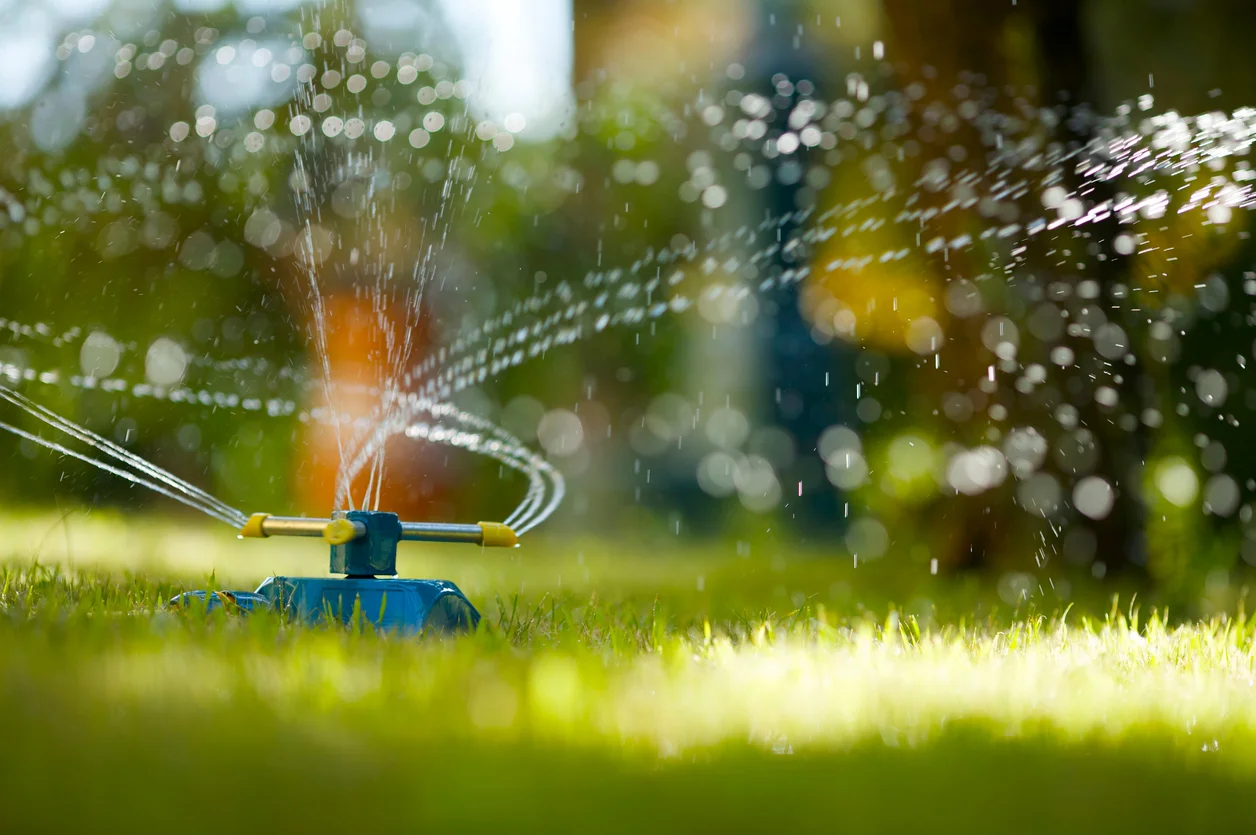
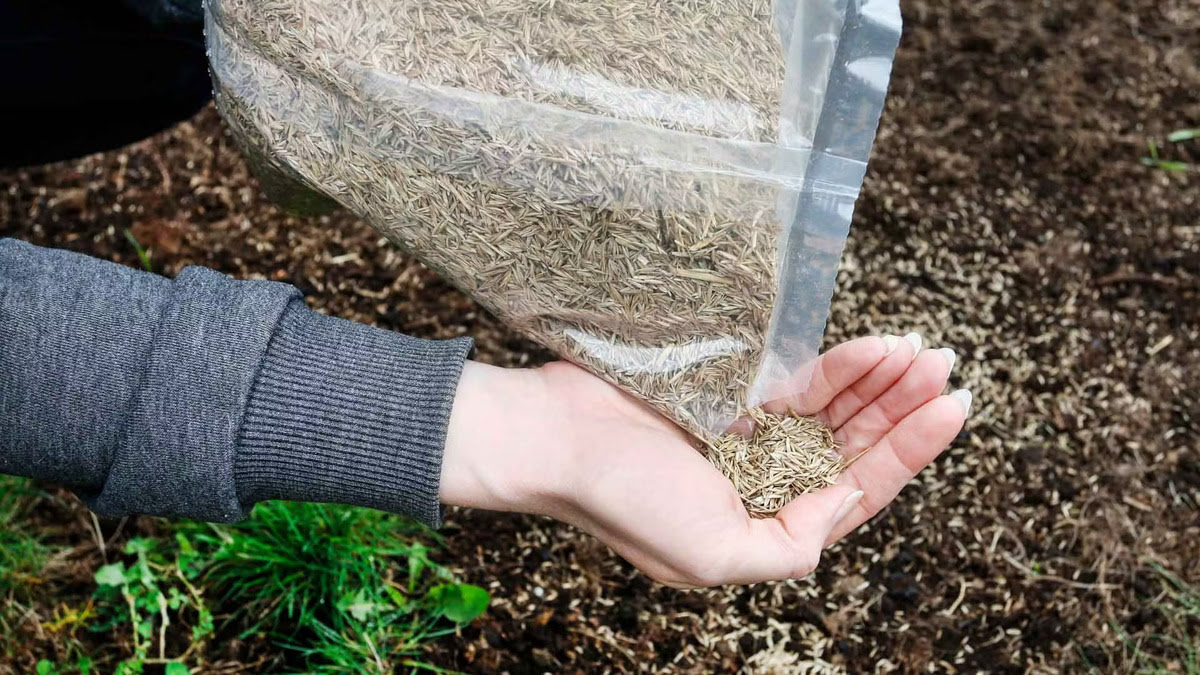

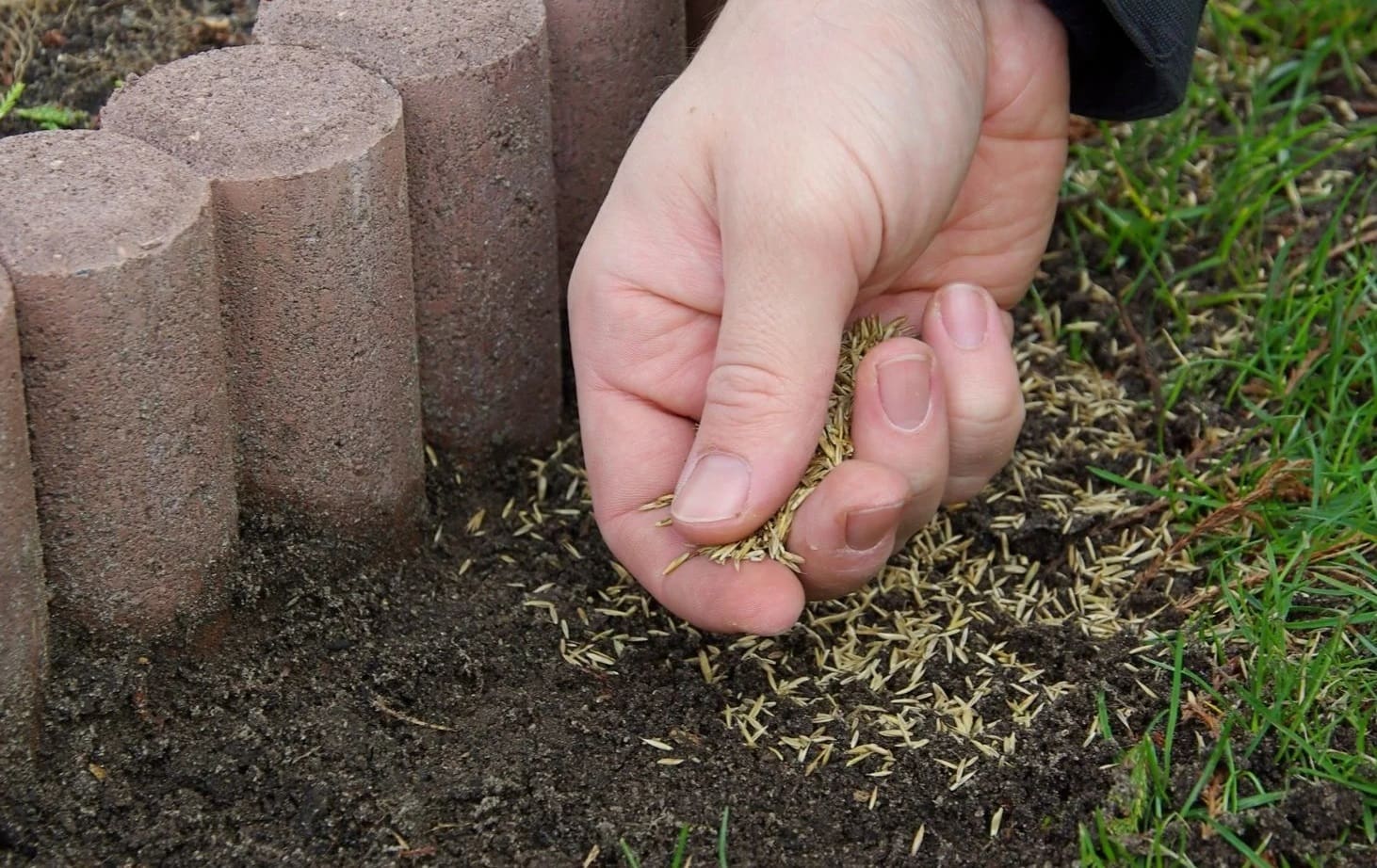

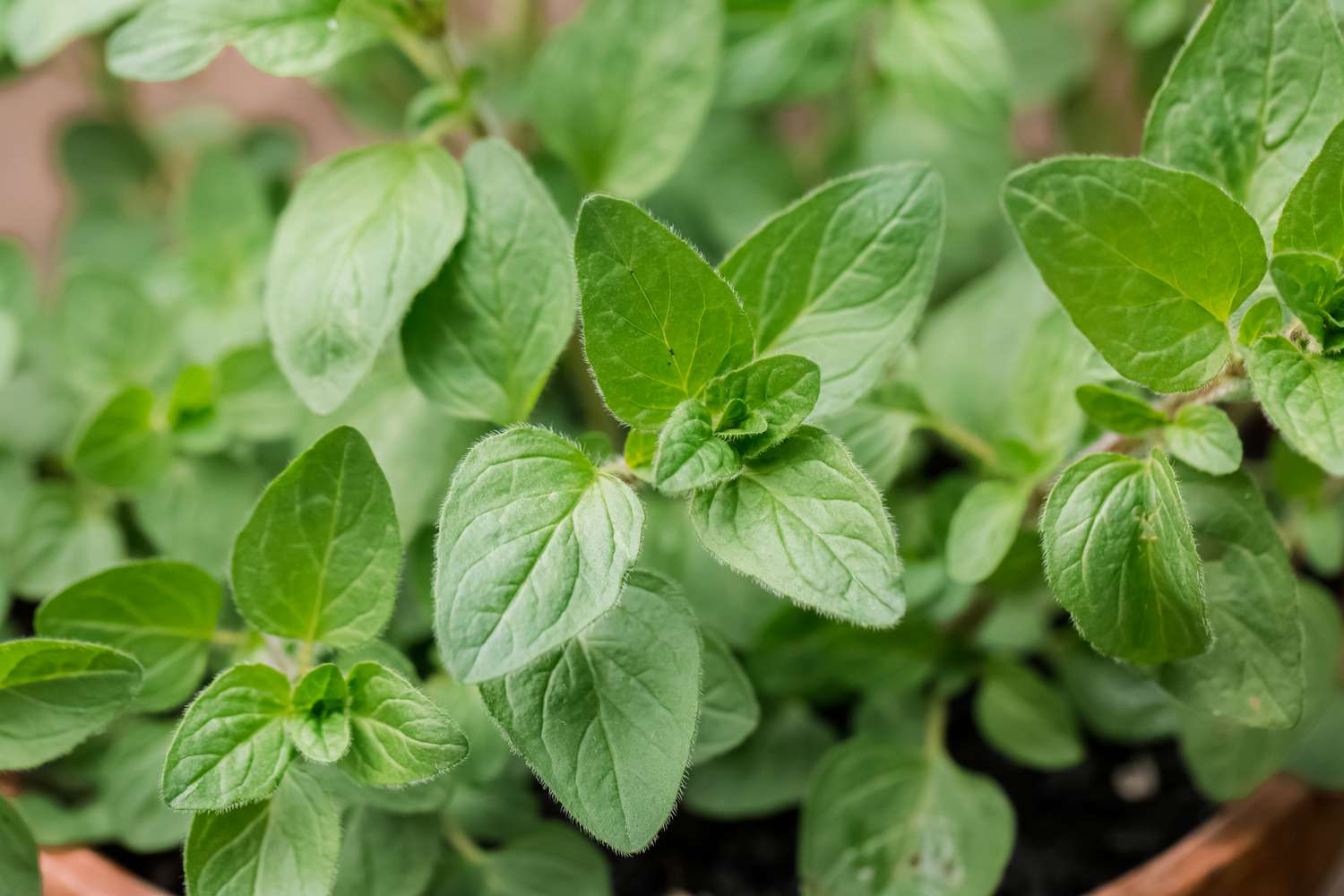

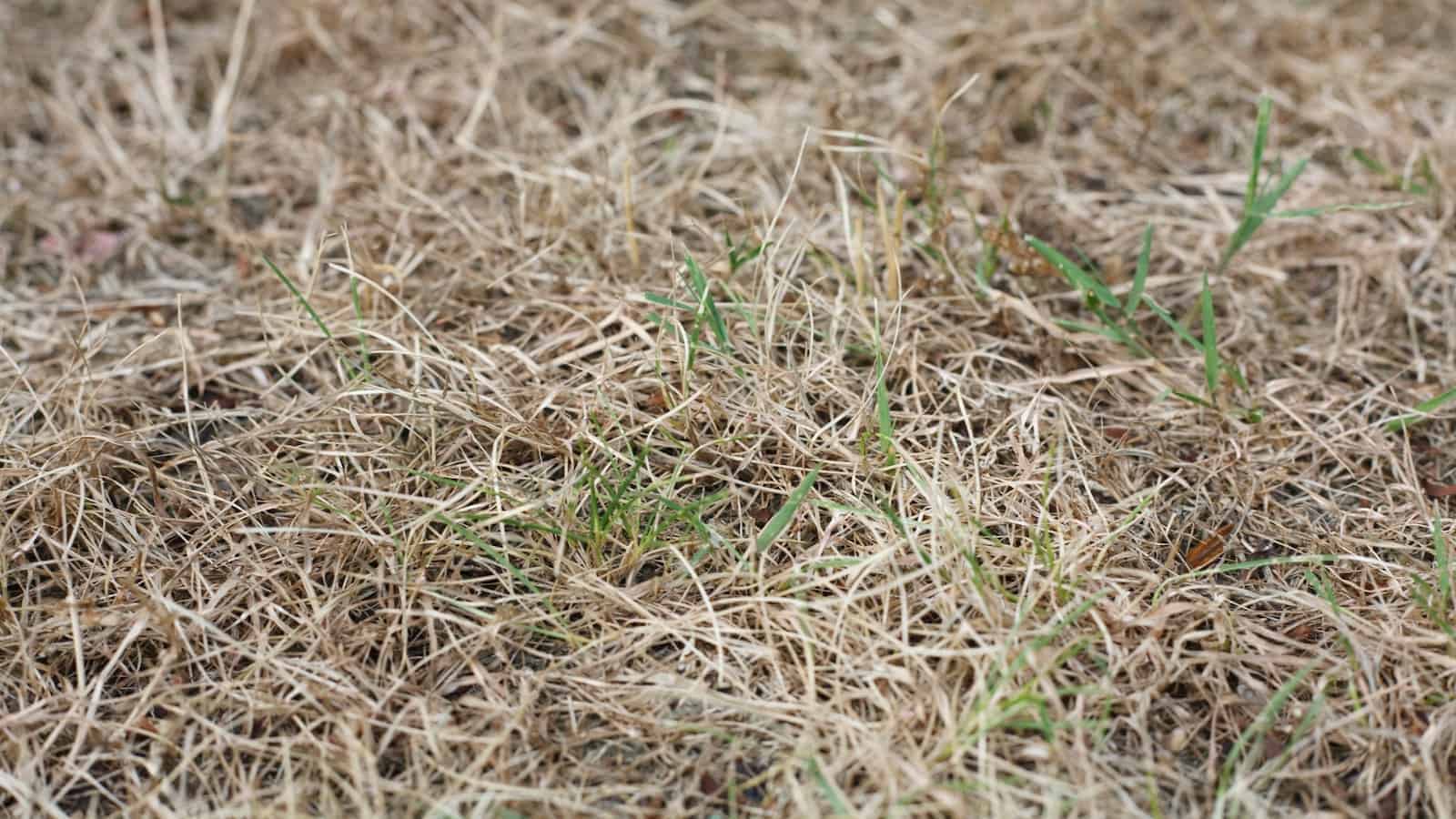

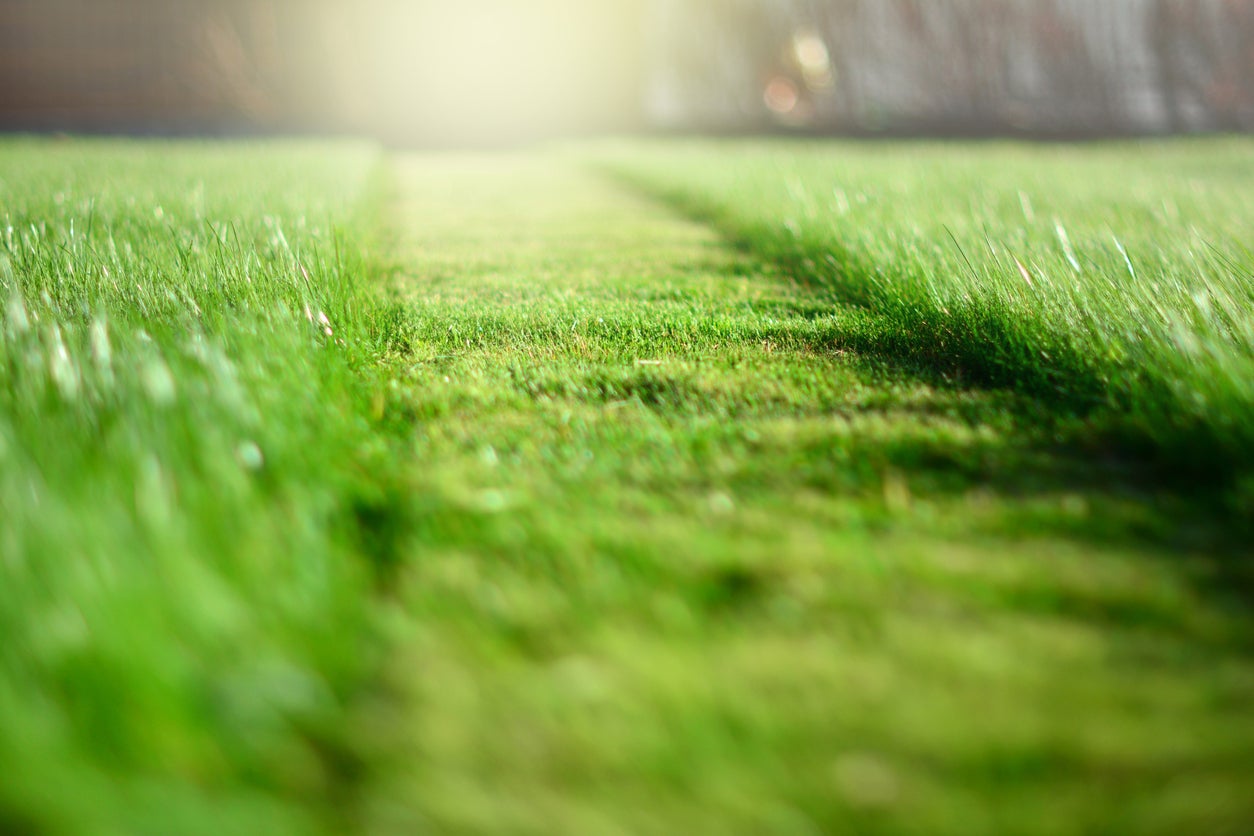
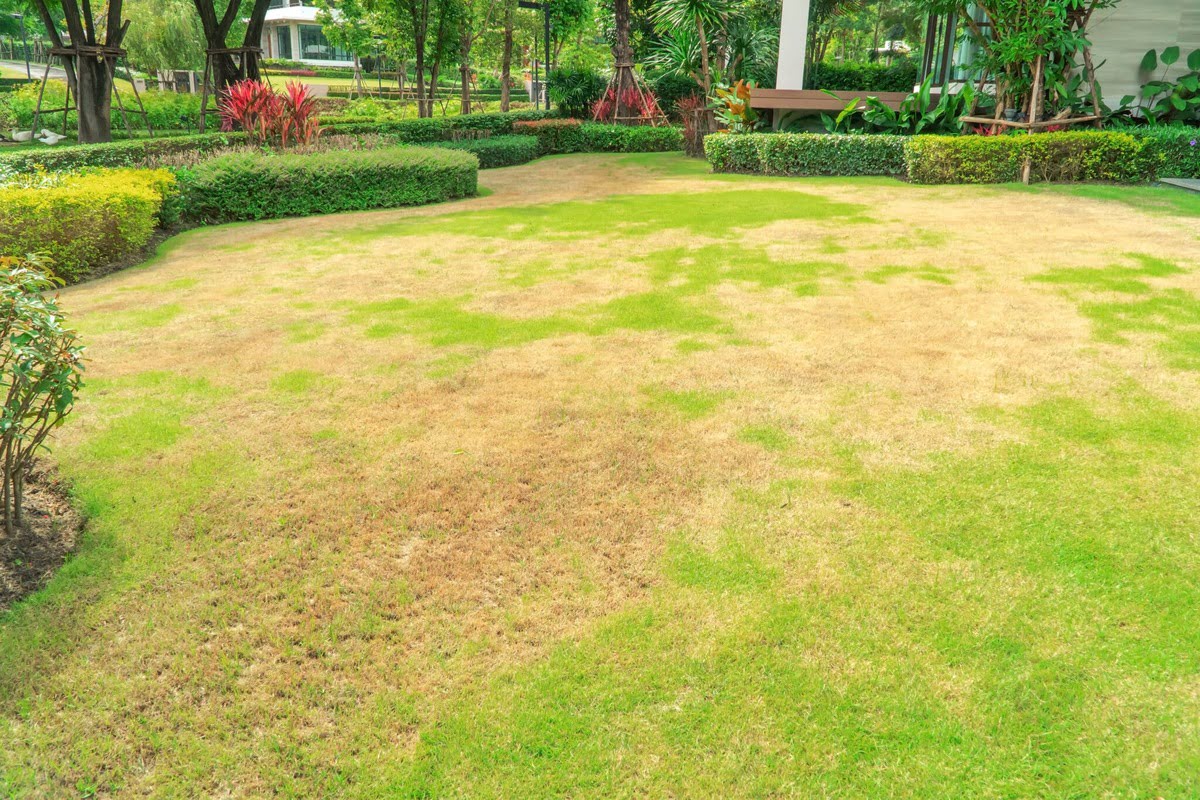
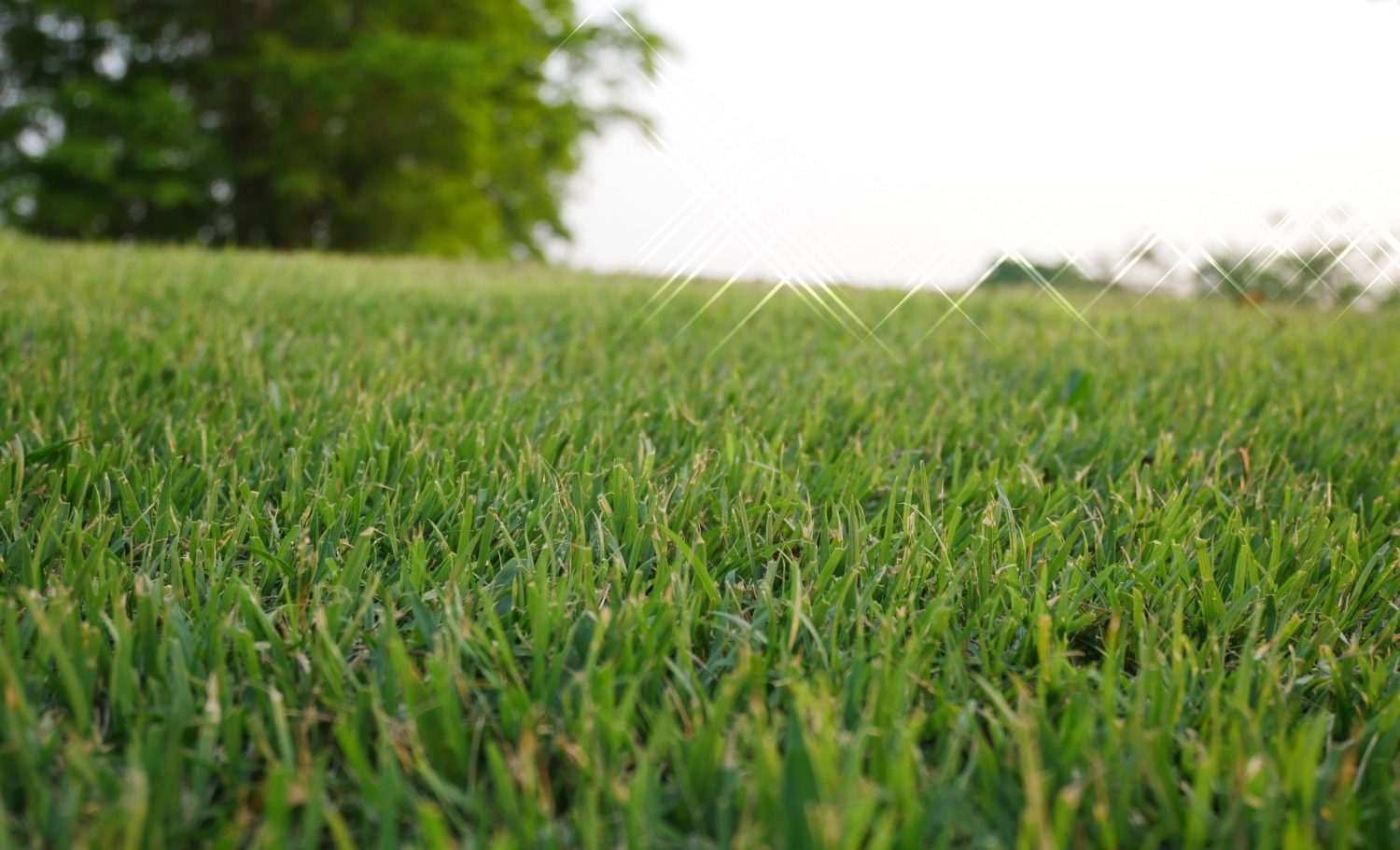
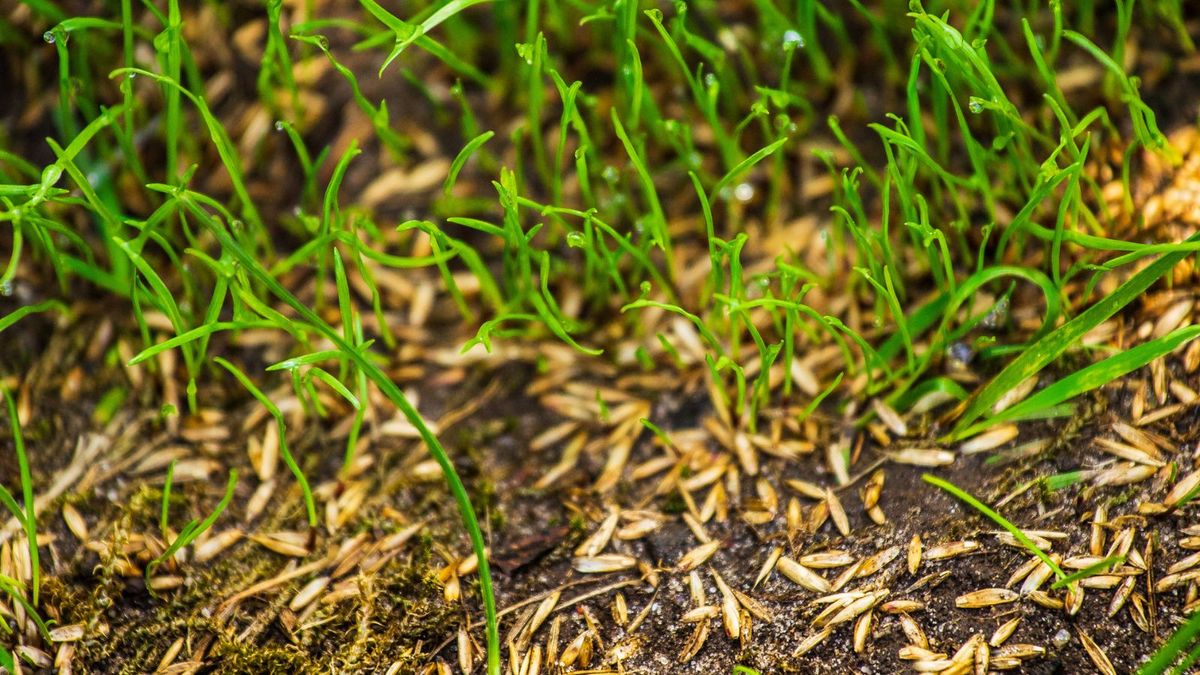
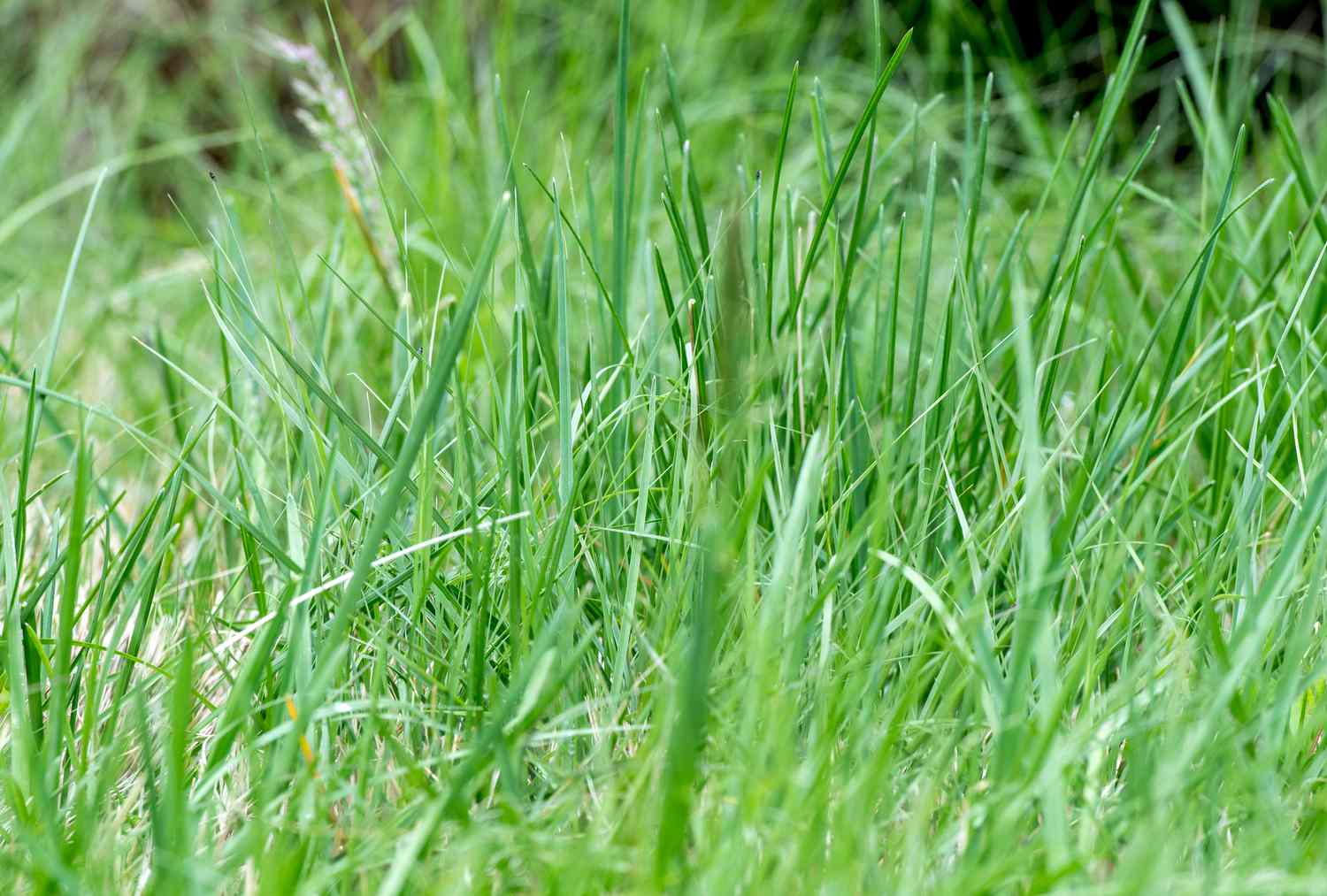

0 thoughts on “What Time Will The Grass Be Dry Today”